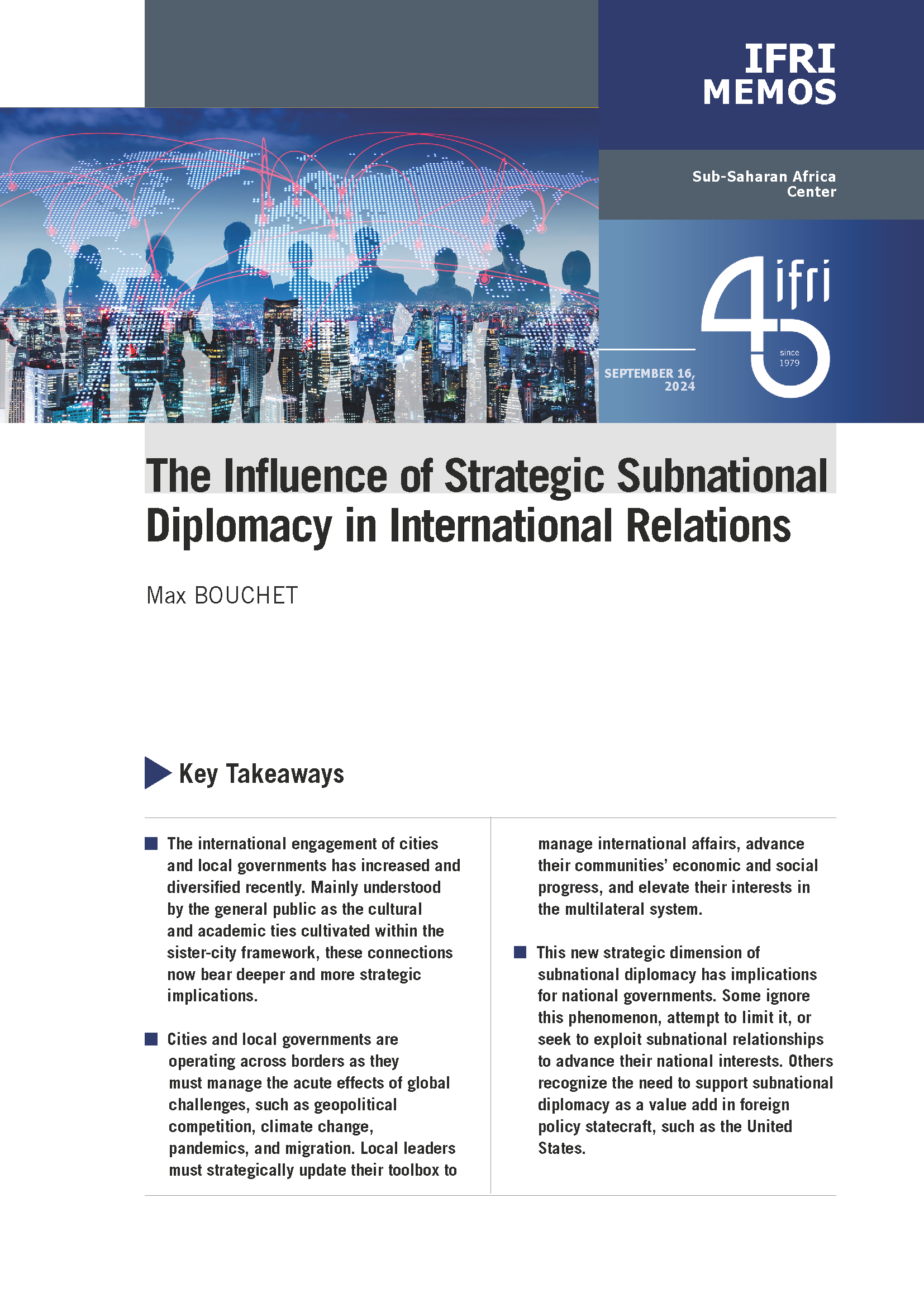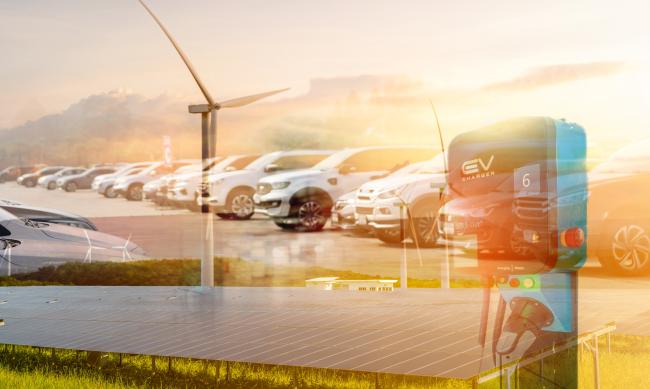Renewables in Transport: Directive 2009/28/EC - Devils in its Details

This Actuelle precedes a longer and more exhaustive paper on Electric Vehicles, under the title "The Electric Vehicle in the Climate Change Race: Tortoise, Hare or both?" by Maïté de Boncourt.
As part of the 3*20 targets reached in December 2008, the EC decided that the EU should, by 2020, source 20% of its Final Energy Consumption (FEC) renewably.
Working towards this aim should in general contribute to the primary objective of reducing emissions, but there are two major issues with the implementation of the target in the Transport sector which run the risk of being irrelevant or even counterproductive. Firstly, the constraining stipulation that all Member States should source 10% of their Transport sector FEC renewably will be a struggle for some Member States to achieve, forcing them to invest large amounts of money which would be better spent elsewhere. Secondly, the relevant legislation gives unrepresentative weight to the benefits of Electric Vehicles (EVs), meaning that Member States which invest in EVs may give the illusion of having reached their national renewable targets without actually having done so.
This paper is based on EC Directive 2009/28/EC (henceforth referred to as ‘the Directive") and the National Renewable Energy Action Plans of Denmark, France, Germany, Italy, Spain, and the UK which were submitted in response. Each EU Member State has an individual target for the proportion of its FEC which is to come from renewable sources in 2020. The targets are based on the countries" existing renewable shares (as shown in Table 1 below) and their supposed capacity for improvement. Together, they give an average EU-wide target of 20% across the 27 Member States.

Also available in:
Regions and themes
Share
Download the full analysis
This page contains only a summary of our work. If you would like to have access to all the information from our research on the subject, you can download the full version in PDF format.
Renewables in Transport: Directive 2009/28/EC - Devils in its Details
Related centers and programs
Discover our other research centers and programsFind out more
Discover all our analysesThe Aluminum Value Chain: A Key Component of Europe’s Strategic Autonomy and Carbon Neutrality
The United States of America (US), Canada and the European Union (EU) all now consider aluminum as strategic. This metal is indeed increasingly used, especially for the energy transition, be it for electric vehicles (EVs), electricity grids, wind turbines or solar panels.
The EU Green Deal External Impacts: Views from China, India, South Africa, Türkiye and the United States
Ahead of June 2024 European elections and against the backdrop of growing geopolitical and geoeconomic frictions, if not tensions, between the EU and some of its largest trade partners, not least based on the external impacts of the European Green Deal (EGD), Ifri chose to collect views and analyses from leading experts from China, India, South Africa, Türkiye and the United States of America (US) on how they assess bilateral relations in the field of energy and climate, and what issues and opportunities they envisage going forward.
Electric Vehicles: A Strong and Still Understated Performance
Electric vehicles (EVs) are better for the climate – even in worst-case scenarios. Across its life cycle, a typical European electric car produces less greenhouse gas (GHG) and air pollutants or noise than its petrol or diesel equivalent. Emissions are usually higher in the production phase, but these are more than offset over time by lower emissions in the use phase. According to the European Environment Agency’s report on electric vehicles, life cycle GHG emissions of EVs are about 17-30% lower than those of petrol and diesel cars.
How Can the Green Deal Adapt to a Brutal World?
The European Green Deal has not been planned for the current extraordinarily deteriorated internal and external environment. Russia’s war in Ukraine, higher interest rates, inflation, strained public finances, weakened value chains, and lack of crucial skills pose unprecedented challenges.










